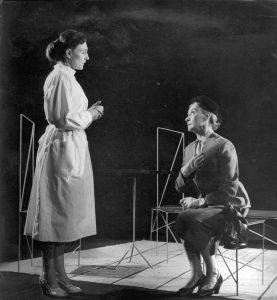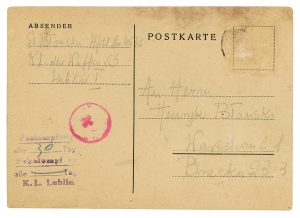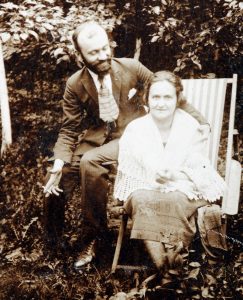The first female prisoners were interned at Majdanek’s prisoner field V. After the arrival of female political prisoner transports from Radom and Warsaw, it was here that the first isolation barrack for women was created. By the end of Majdanek operations, the female infirmary comprised up to even 10 blocks.
It was a place where some of the sick and emaciated women were able to wait out the most difficult days without having to participate in the long hours of roll-calls or report for work. This was made possible by the prisoner personnel who put their own lives at stake and forged the necessary paperwork.
Parallel to the establishment of the hospital, the prisoners set up a sanitation unit tasked with providing immediate aid to less seriously sick prisoners in their barracks, as well as with delivering babies. The infirmary in field V continued to operate until September 1943 when all female prisoners were relocated to field I. Immediately afterwards, they established a new infirmary which continued to operate until the evacuation of women from the camp in April 1944.
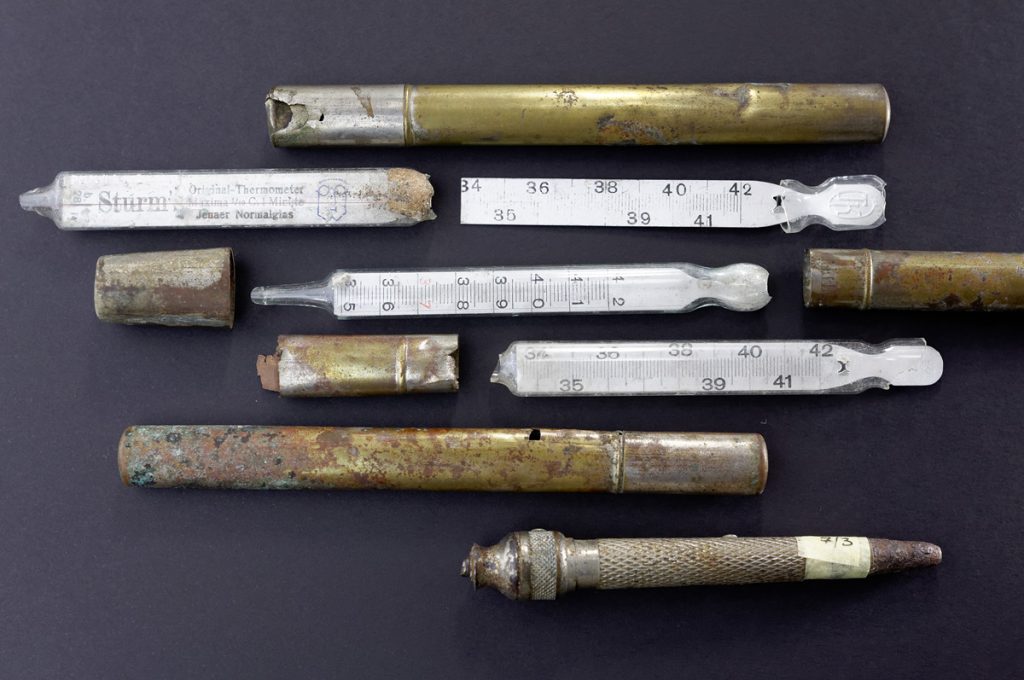
Objects found at the former camp grounds, PMM
PHYSICIANS, DENTISTS AND MEDICAL STUDENTS AT MAJDANEK
Index of names and selected biographical sketches
AUXILIARY PERSONNEL OF THE FEMALE INFIRMARY
Index of names and selected biographical sketches
Together with doctor Perzanowska and several other nurses from our Pawiak group we created something reminiscent of a camp hospital, whose informal status was achieved through successful efforts of our doctor. Within several weeks we were assigned to a barrack which became the germ of the future infirmary. We were then able to admit typhus patients and bring together people who were willing to somehow help others. The barrack also provided shelter to people in need of aid or a temporary hideout. Doctor Perzanowska ran what we would now describe as internal medicine ward, cardiology ward, etc. […] Naturally, I worked with my fellow prisoners in the sanitation unit, whose tasks involved presence in the camp washrooms during the arrival of new prisoner transports. This allowed us to determine the numbers of new-arrivals, where they came from, to help those exhausted people and inform them where they were and what they had to do to stay alive.
— Hanna Narkiewicz-Jodko, MD
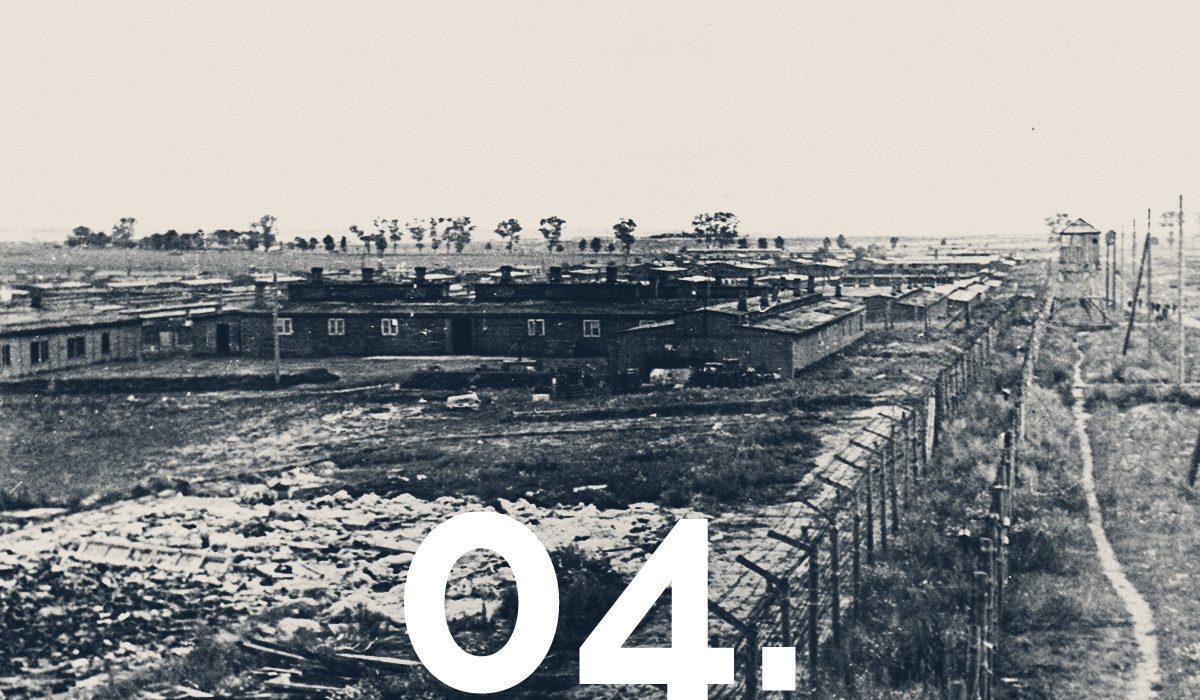
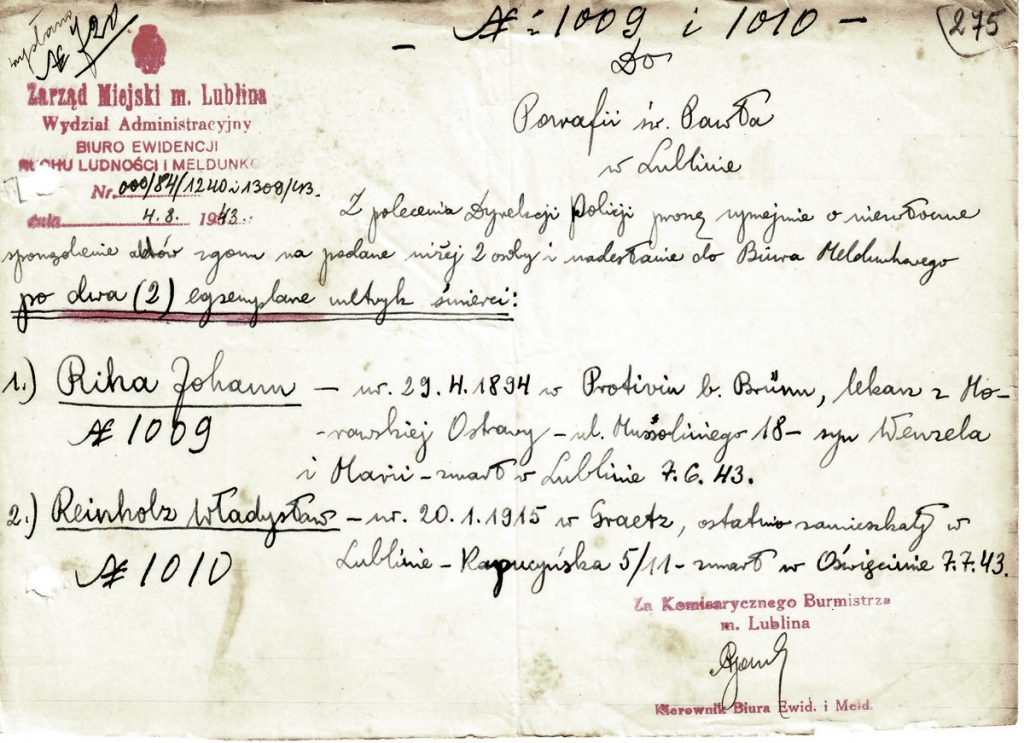






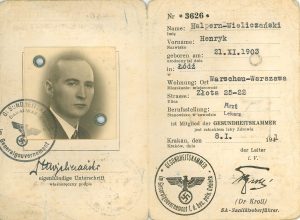




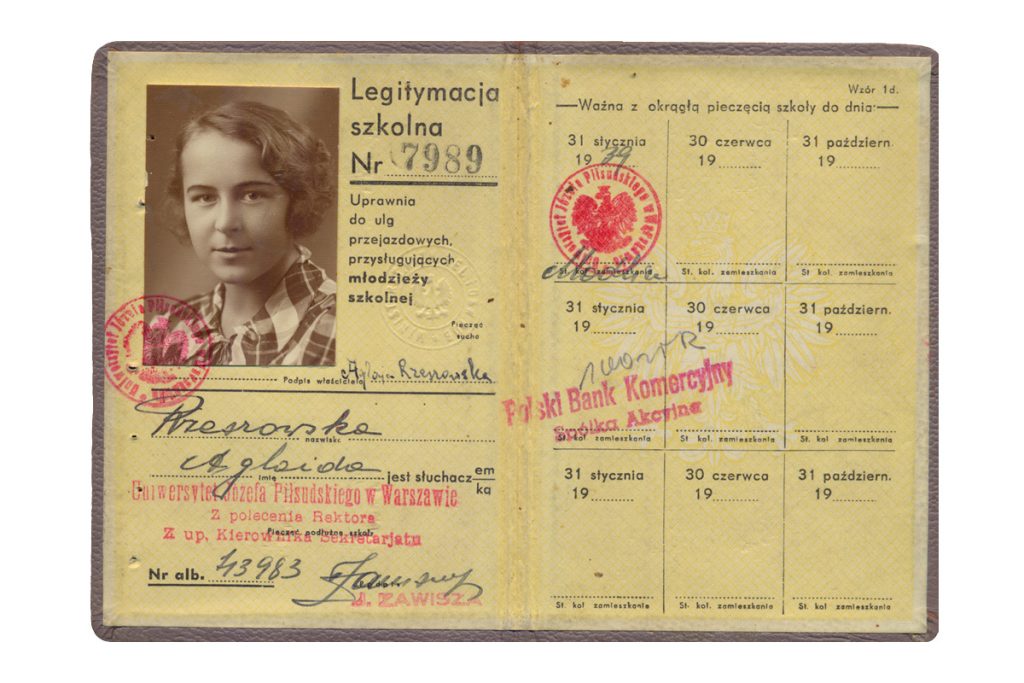
 Hanna Narkiewicz-Jodko
Hanna Narkiewicz-Jodko



